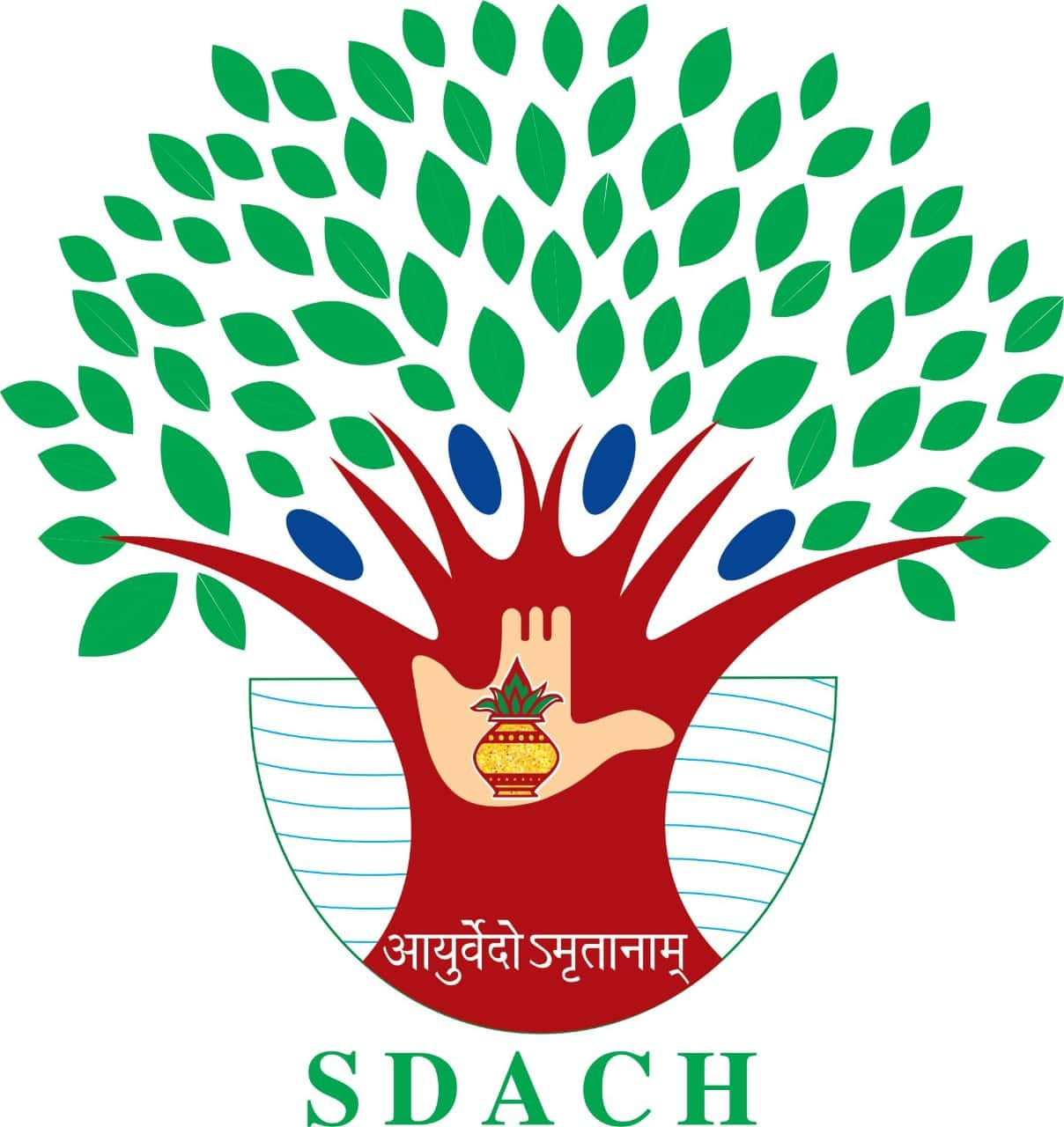- 7710778822(Hospital),7710778833(College)
- info@sdach.ac.in
- Sector 46-B,Chandigarh-160047
- Home
- About us
- ACADEMICS
- Courses Offered
- Infrastructure
- Departments
- SAMHITA, SIDDHANTA & SANSKRIT (BASIC PRINCIPLE)
- KRIYA-SHARIR (PHYSIOLOGY)
- RACHANA SHARIR (ANATOMY)
- DRAVYAGUNA VIGYAN (PHARMACOLOGY)
- RAS SHASTRA & BHAISHJYA KALPNA (PHARMACY)
- ROG NIDAN (PATHOLOGY)
- AGADA TANTRA & VIDHI JURIS-PRUDENCE & TOXICOLOGY
- PRASUTI-TANTRA & STRI ROG (OBSTETRICS & GYNAECOLOGY)
- SHALYA TANTRA (SURGERY)
- Swasthavritta
- SHALAKYA TANTRA (ENT)
- KAYACHIKITSA (MEDICINE)
- PANCHKARMA
- KAUMAR BHRITYA – BAL ROG (PEDIATRICS)
- College Faculty
- Non-Teaching Staff
- Students Admitted
- Results
- Library
- College Council
- Other Council
- HOSPITAL
- PORTFOLIO
- Attendance
- Contact Us
- Related Links


Aadhitya Bhakta
About Us
The College is recognized by National Commission for Indian System of Medicine, New Delhi and affiliated to the Shri Krishna Ayush University, Haryana for B.A.M.S. (Ayurvedacharya) Course. The College has produced over 1000 well-trained Graduates so far who are serving the ailing humanity in urban as well as rural areas and are well placed in Govt. Services or in their private enterprises. The College has gained distinction as various important and well-known pharmaceutical companies of the country have shown keen interest in the activities and development of Ayurveda in the College.
Quick Links
Latest News
-

Alumni Registration
-

JOB VACANCIES NOTOFICATION & RESULT
-

Admission Queries
Admission queries for all the UG/PG students Batch 2022-2023
All Rights Reserved Copyright © 2020-2024. Shri Dhanwantry Ayurvedic College & Hospital
Last Updated on 12.02.2024
Hindi »
